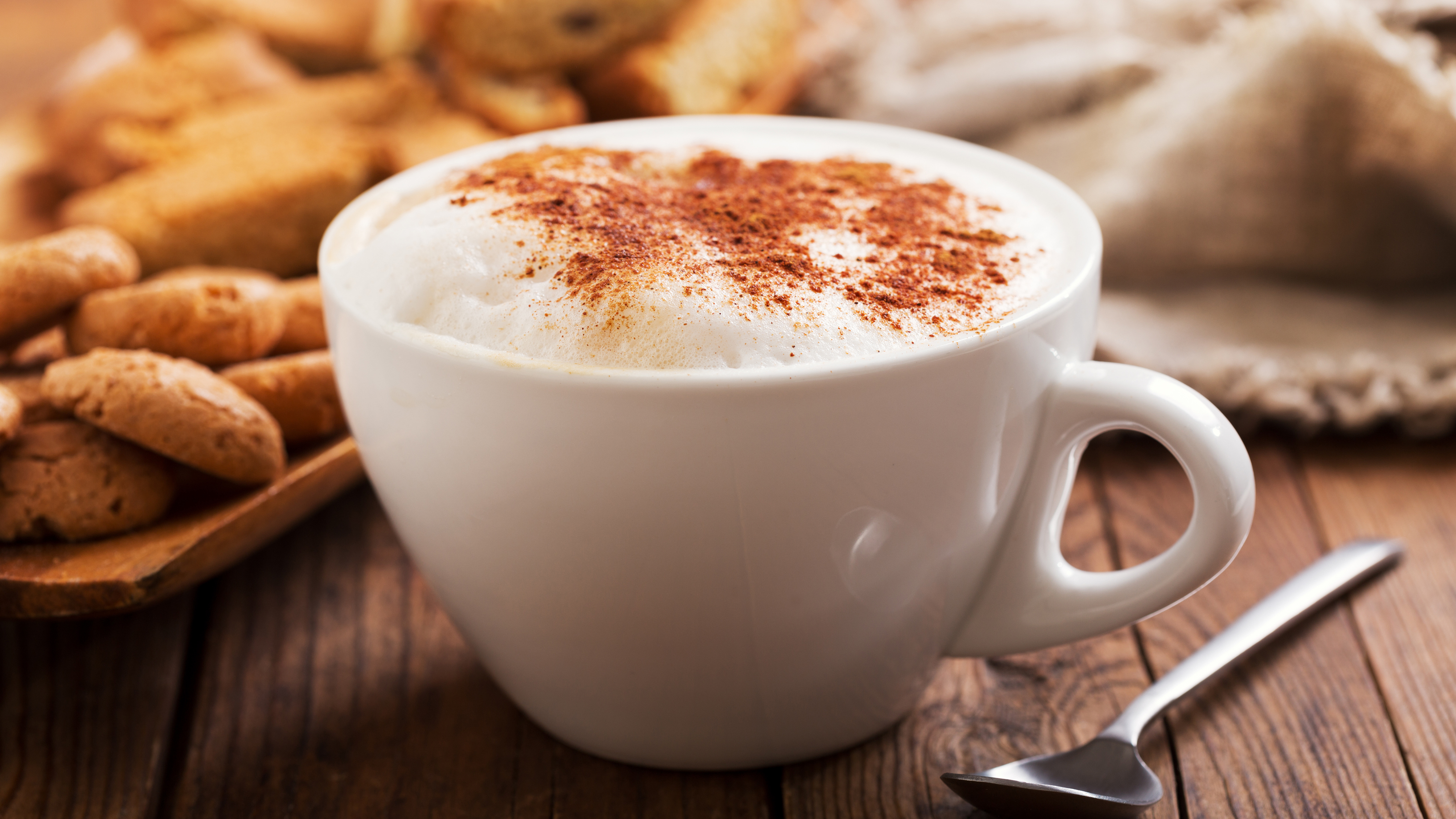
Mmmm... cappuccino. If you want to learn how to make cappuccino, have just bought a brand new coffee machine, or you've had yours for a while and the art of the frothy coffee is still eluding you, this expert advice will help you nail this popular coffee type.
Some of the best coffee machines will, of course, make a cappuccino for you at the touch of a button. But what if you have a manual machine that requires you to froth the milk? Or, what if you don't have a machine at all and still want to learn how to make cappuccino at home? We've asked coffee experts to share their cappuccino-making secrets.
How to make cappuccino, according to experts
We've asked Robert Hunningher, Founder of Humdingers Catering, to give us the perfect cappuccino recipe. The classic cappuccino consists of espresso, steamed milk and foam, at a ratio of 1:1:1 of each. To make cappuccino, Hunningher recommends the following steps:
- Prepare an espresso in a warmed cappuccino mug.
- Fill milk midway up a frothing jug and lift the jug, so the wand is resting close to the side of the jug and only just immersed.
- Turn on the steam pump. The hot air will make milk swirl while heating it and add some volume. Submerge the wand a little more.
- You then need to stretch it. To stretch it you need to extract the wand from the milk slowly, and this will create the frothy foam you need for a perfect cappuccino.
- Tap the jug on a surface and swirl a little. This is called polishing and aids the perfect milk texture.
- Carefully pour into the center of your mug – an artful finish is optional but preferred.
Et voila! It might take you a few attempts to master the technique, but cappuccino is actually very easy to make. The best espresso machine with a milk wand will give you the results you want, although some pod and bean-to-cup models can also make a very decent cappuccino – but you will need to make sure that cappuccino is listed as one of the options on the machine you're planning to buy.

What is the difference between a latte and a cappuccino?
Hunningher explains that 'the difference between the two is the texture of the milk. A latte comes with purely steamed milk, while a cappuccino has both steamed milk and foam, and it is this foam that makes a cappuccino stand out from a latte.
'To put it simply, a latte is silky and milky and a cappuccino is creamy and dreamy – baristas hate this description, but that’s essentially what it is.'
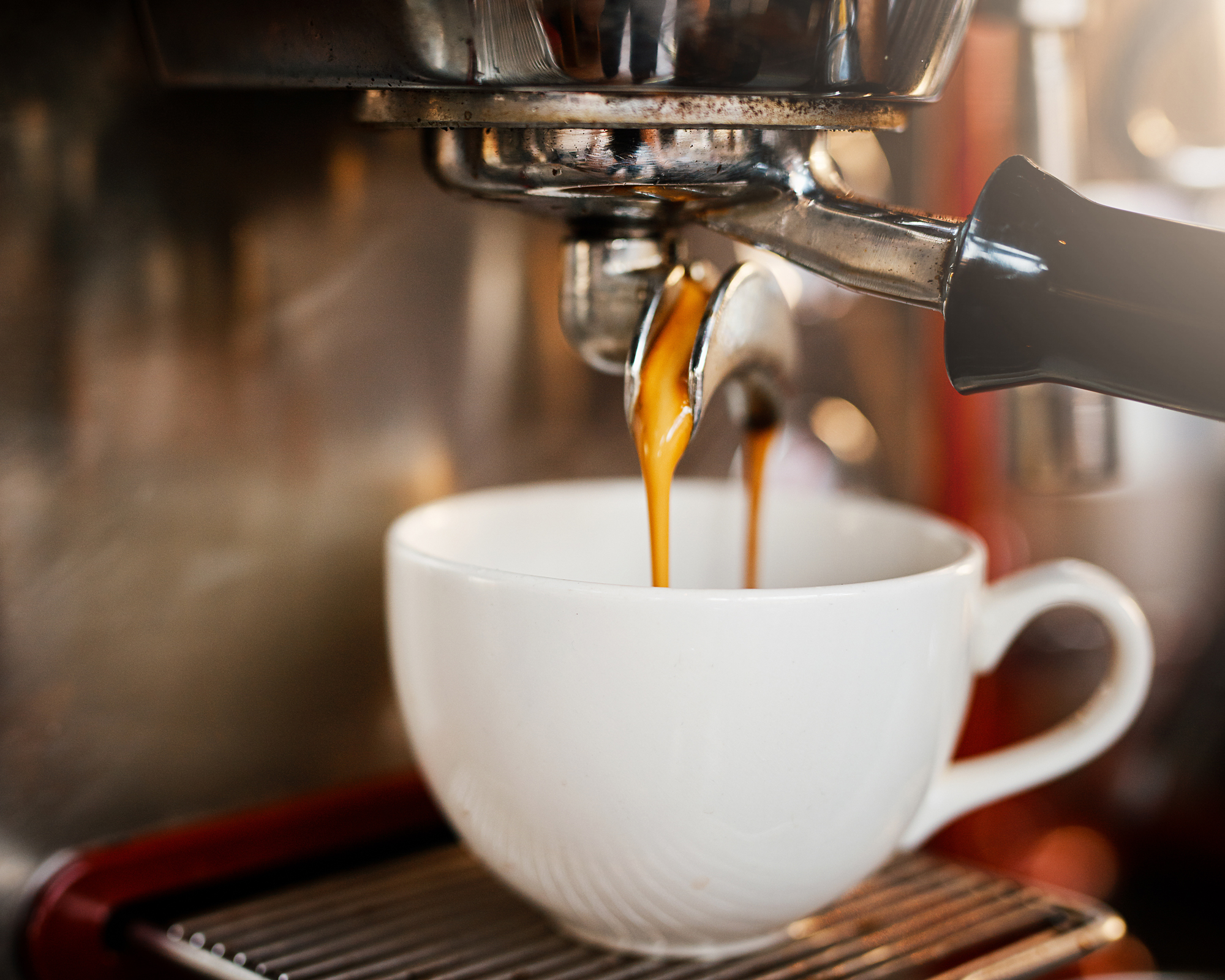
How do you make a cappuccino without a machine?
This is a bit tricky – 'you cannot get a true cappuccino without some sort of a machine, whether it be a barista coffee maker or something akin to a Nespresso machine.' Basically, 'all cappuccinos are espresso-based and without a machine, you aren’t really going to be able to make espresso or froth the milk to a consistency of a traditional cappuccino.'
Having said, there's a little-known way around the problem. Hunningher advises that you can use a Moka (you can buy one from Amazon), 'which is a traditional espresso maker, and you can then fluff up the milk using a handheld milk frother and warmed milk.'
Yum. Or just go to your local cafe and enjoy your cappuccino made for you by a barista.
How hot does the milk need to be for a cappuccino?
This is not an idle question. Milk that's been overheated cannot froth correctly, so you cappuccino will be flat – and, needless to say, it will be too hot and unpleasant to drink. Professional roaster Lynsey Harley, of Modern Standard recommends streaming the milk 'to 131°F/55°C, adding air for the first couple of seconds to stretch it to create that thicker mouthfeel. Pour the milk into the espresso, and if you prefer, add a little chocolate.'
You can get a frothing pitcher with a thermometer on Amazon to help you hit that perfect temp.
Join our newsletter
Get small space home decor ideas, celeb inspiration, DIY tips and more, straight to your inbox!
Anna is a professional writer with many years of experience. She has a passion for contemporary home decor and gardening. She covers a range of topics, from practical advice to interior and garden design.
-
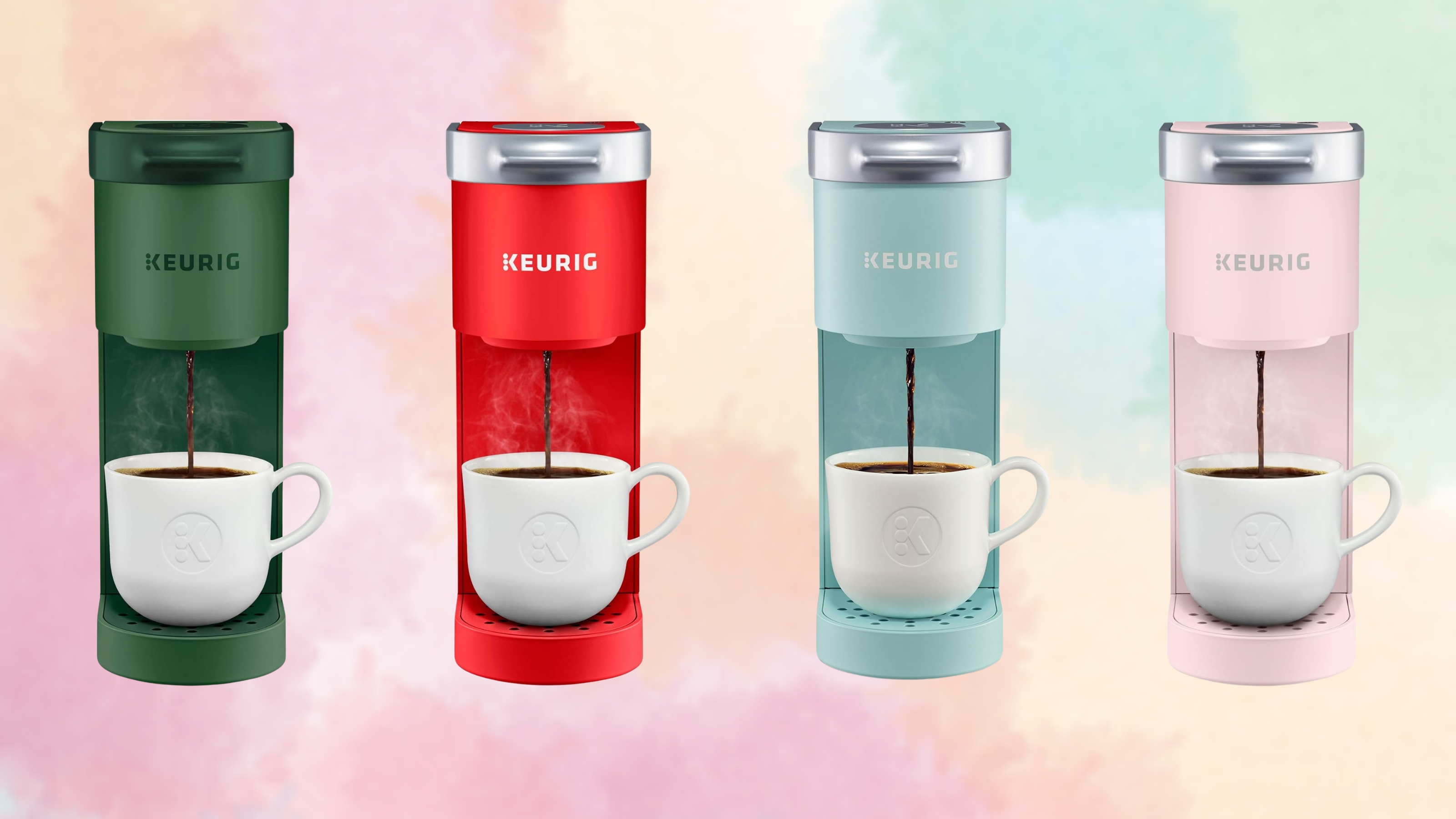 Amazon's bestselling Keurig K-Mini Coffee Maker sale is on now with 40% off — here's why 97,000 customers love it
Amazon's bestselling Keurig K-Mini Coffee Maker sale is on now with 40% off — here's why 97,000 customers love itAmazon's bestselling Keurig K-Mini Coffee Maker sale is on now and offers 40% off. Here's why we and thousands of customers love it. Plus, some alternatives
By Punteha van Terheyden
-
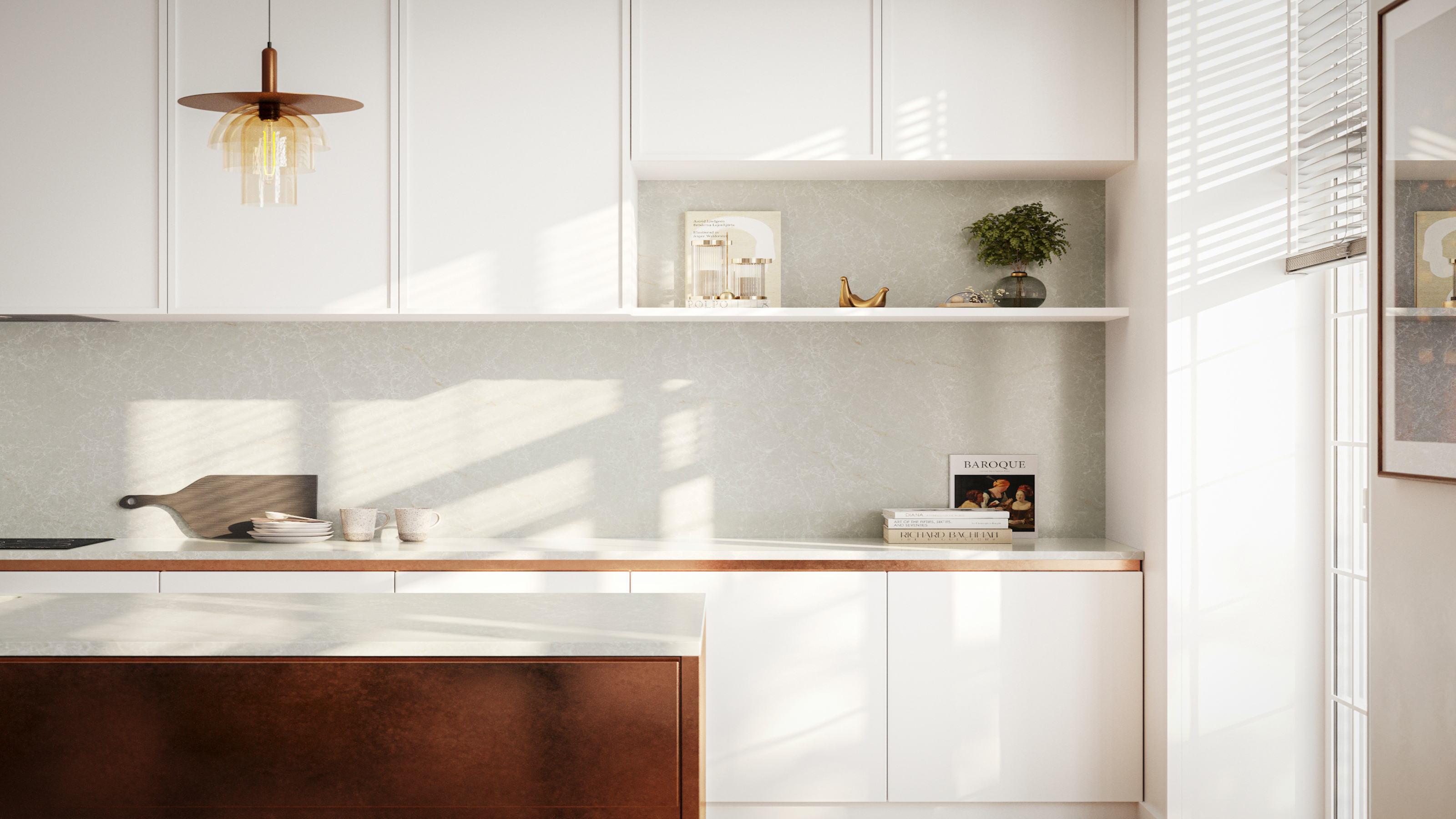 Pros reveal the 10 kitchen cabinet design mistakes to avoid, and what to do instead
Pros reveal the 10 kitchen cabinet design mistakes to avoid, and what to do insteadThe 10 common kitchen cabinet design mistakes when choosing and installing kitchen cabinets. Solutions to problems and how to avoid the issues.
By Isabella Charlesworth
-
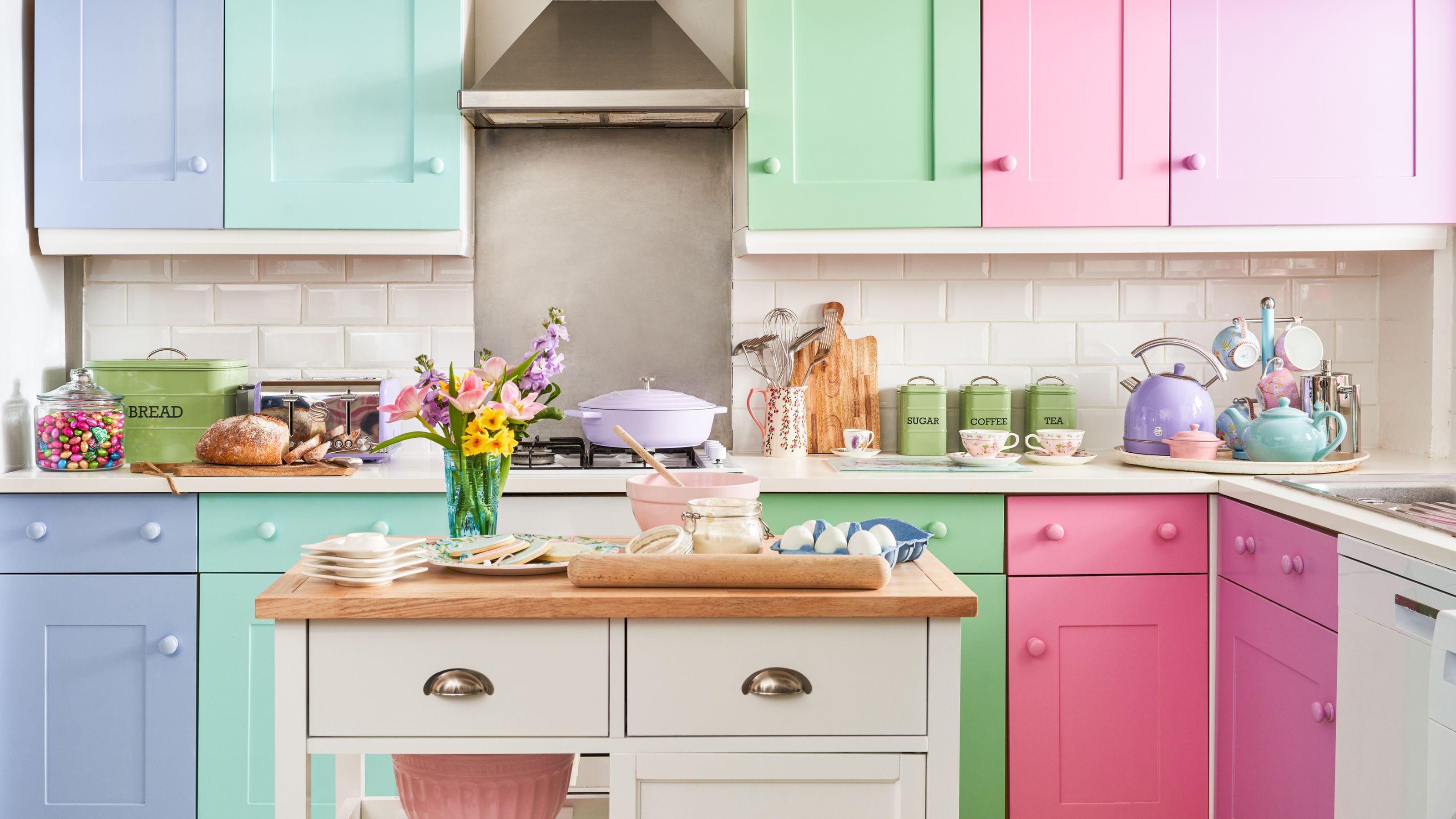 10 pretty pastel kitchen ideas that are utterly dreamy and delicious
10 pretty pastel kitchen ideas that are utterly dreamy and deliciousIce cream sweet pastel kitchen ideas are perfect for adding playfulness. We've asked designers for their favorite ways to bring these in light shades
By Eve Smallman
-
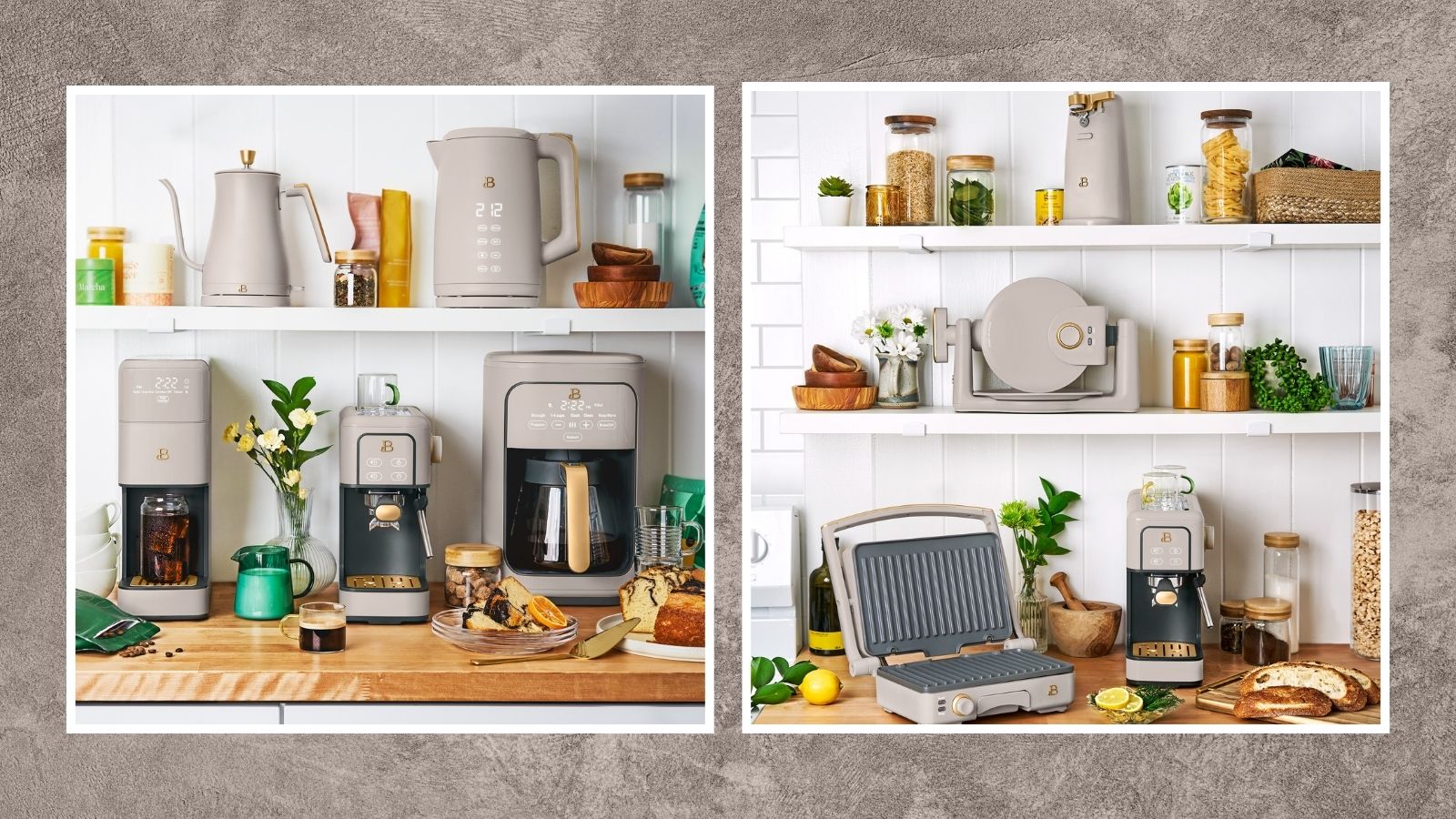 New Beautiful by Drew Barrymore kitchen appliances just dropped, and they'll take your brunch game to new levels
New Beautiful by Drew Barrymore kitchen appliances just dropped, and they'll take your brunch game to new levelsNew Beautiful by Drew Barrymore kitchen appliances just dropped — learn all about the waffle maker, espresso maker, electric can opener, and space-saving kitchen island
By Danielle Valente
-
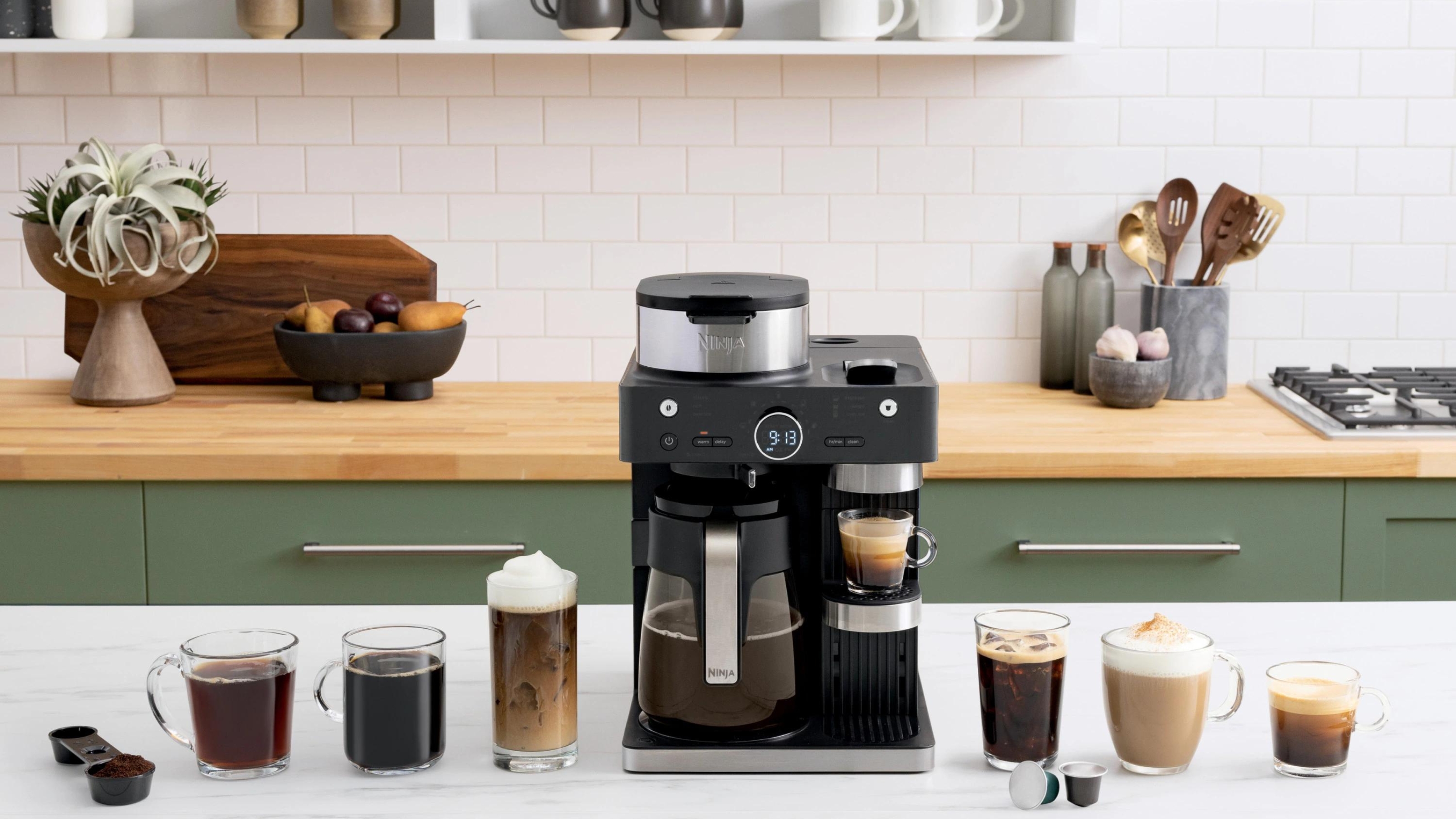
 Ninja Espresso & Coffee Barista System review — bringing together the ease of pods and the ability to brew drip coffee
Ninja Espresso & Coffee Barista System review — bringing together the ease of pods and the ability to brew drip coffeeWith the Ninja Espresso & Coffee Barista System, you can brew a full pot of hot, black coffee or make a frothy espresso with a pod, the choice is yours.
By Heather Bien
-
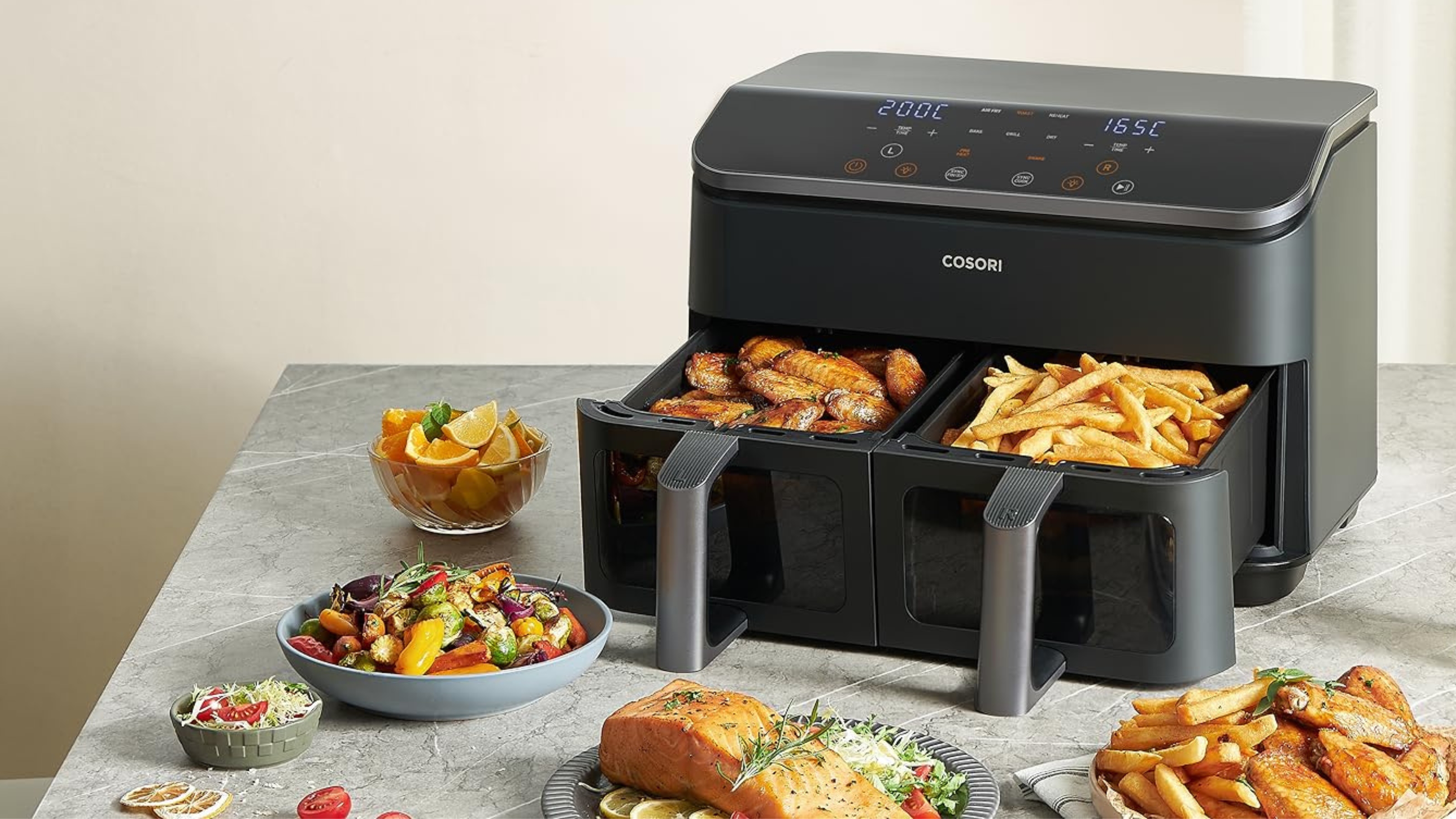 COSORI dual basket air fryer review — clear viewing windows offer control at a glance
COSORI dual basket air fryer review — clear viewing windows offer control at a glanceOur acting head ecommerce editor tests the COSORI dual basket air fryer in the Future test kitchen and at home
By Christina Chrysostomou
-
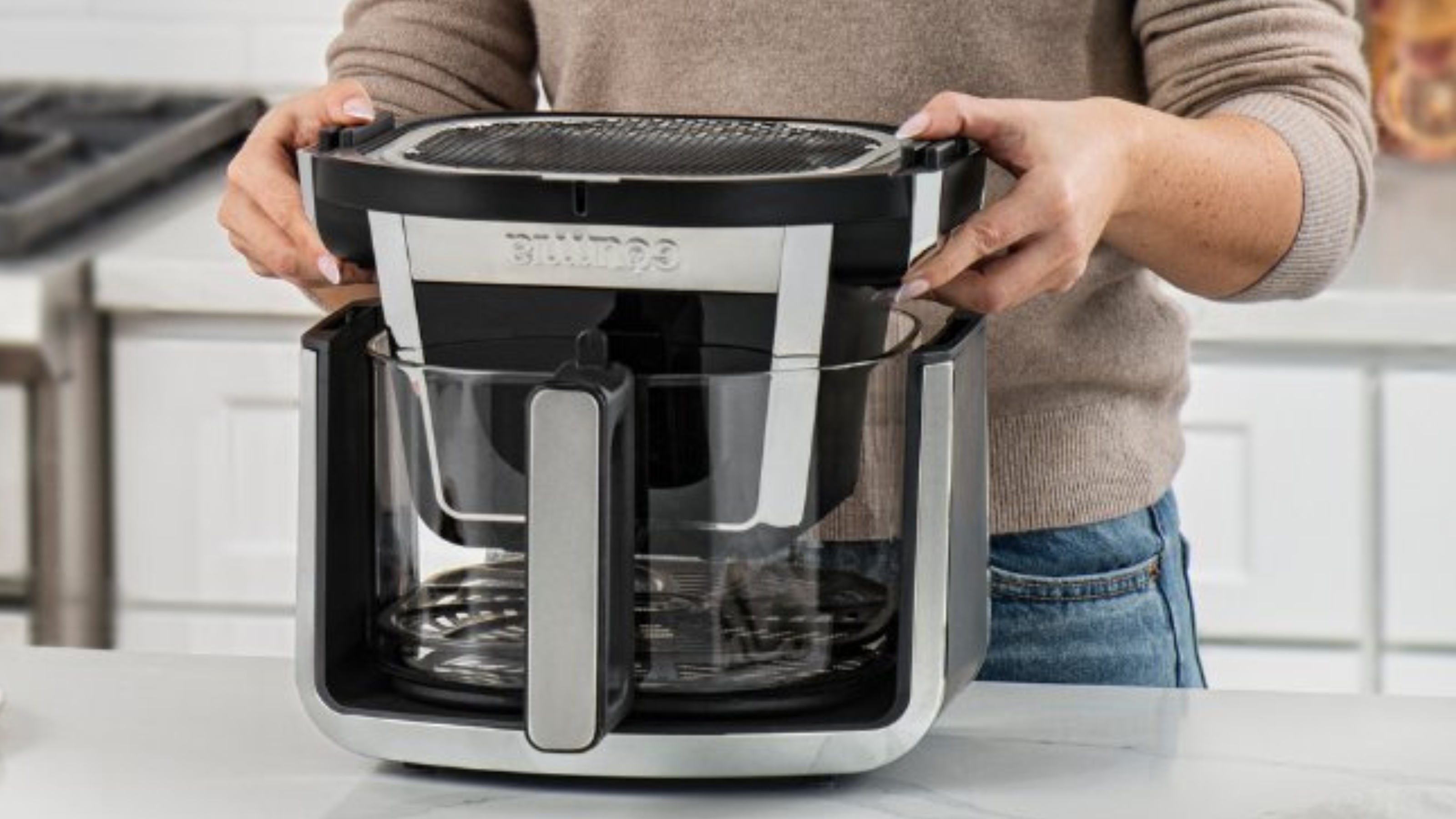
 Gourmia Fry 'N Fold air fryer review — a clear convection oven that collapses for easy storage
Gourmia Fry 'N Fold air fryer review — a clear convection oven that collapses for easy storageOur contributing editor, Heather Bien reviews the Gourmia Fry 'N Fold air fryer; a 7-quart model with a see-through basket
By Heather Bien
-
 Mr. Coffee Prima Latte Luxe review —automate your morning beverage with this tried and tested coffee maker
Mr. Coffee Prima Latte Luxe review —automate your morning beverage with this tried and tested coffee makerOur contributing editor, Heather Bien, tests the Mr. Coffee Prima Latte Luxe coffee maker
By Heather Bien